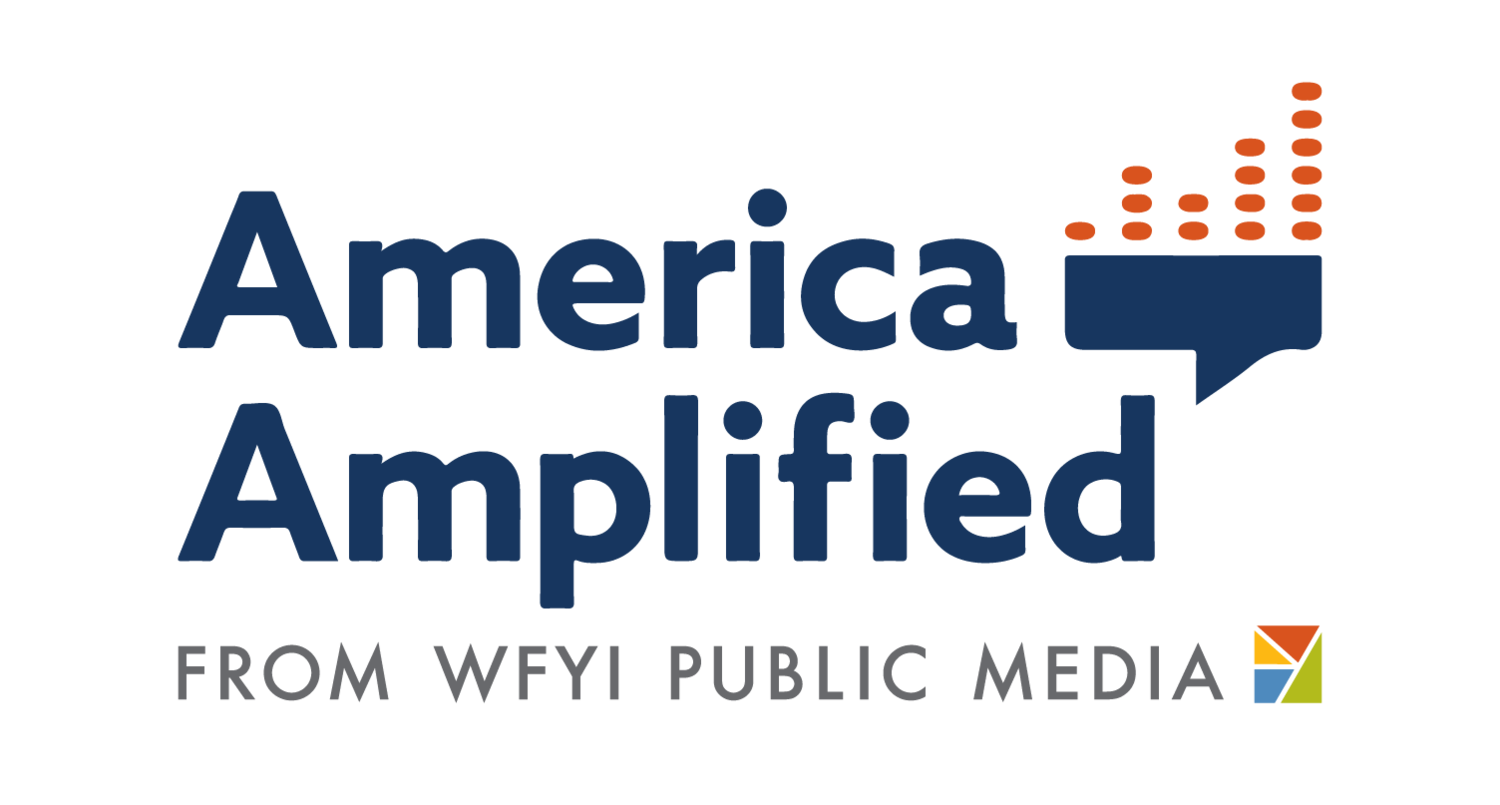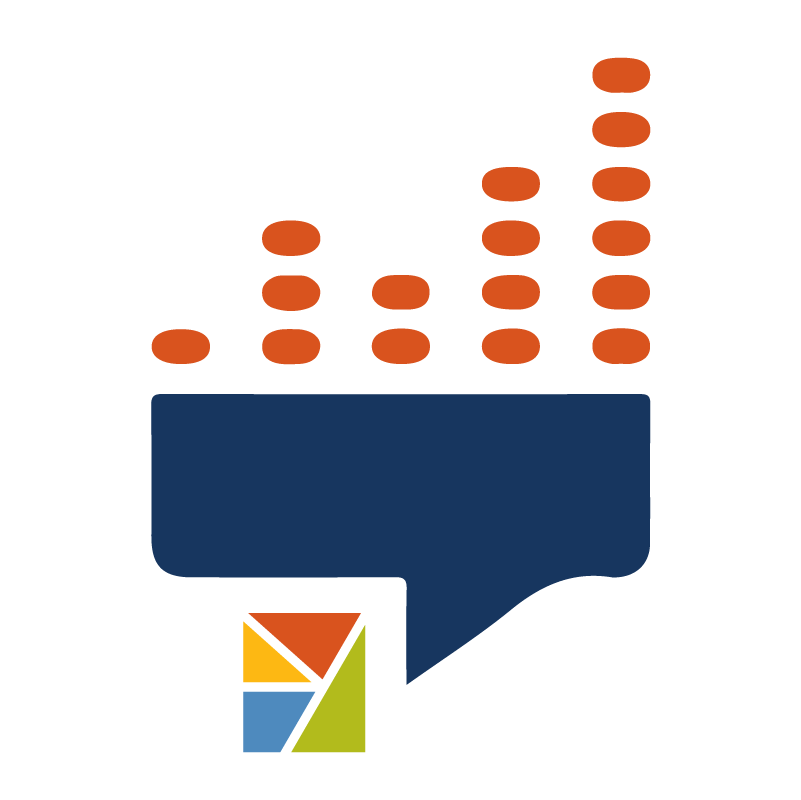Through the wreckage: How newsrooms can prioritize listening during natural disasters
When a natural disaster strikes, life is suspended in midair. Historically, newsrooms enter a spiral of breaking news, focusing on "death, injury, and destruction related to humans, the built environment, and the natural environment in the state or the region," according to an analysis of media coverage during and after Hurricane Katrina.
However, communities’ needs extend far beyond descriptions of destruction. Is your newsroom prepared to listen and engage with the community in the aftermath of a natural disaster? Engagement initiatives shouldn’t stop because of a catastrophe; they need to adapt.
While national media coverage of a disaster typically lasts about 12 months — peaking immediately after the event before a steep decline — local reporters often cover the impact for years.
There is no single blueprint for covering natural disasters, and even less literature on how to engage communities when they happen. However, one thing is clear: Newsrooms must continue listening to their audiences and serving their communities.
Let people know what kind of information they can turn to you for.
When a natural disaster is likely, such as during hurricane or wildfire seasons, let your audience know what to expect from your newsroom. Publish a detailed article, newsletter, or social media post outlining your coverage and engagement plans. Explain how often you’ll update your website, apps, and social media accounts, and how engagement initiatives will continue. If they are paused, provide a timeline for their return rather than simply stating they are suspended or cancelled.
Then listen to what other information people are looking for.
Newsrooms often say they lack the bandwidth for listening sessions during a disaster. However, that doesn’t mean they should stop entirely. Here are some ways to keep listening and engaging with communities:
Find people where they are already gathering. If your newsroom or your usual listening venue is not available due to hazardous damage, find places where people are naturally meeting.
Engage with those waiting in long lines. People often spend hours at gas stations, ice plants, distribution centers, supermarkets, and pharmacies. Don’t miss the opportunity to listen to them while lining up. They might be there for hours in some cases and be willing to share stories beyond the challenges of getting gas, ice or toilet paper. Send your reporters or engagement staff to talk to them about the community they live in. People might guide them to extraordinary stories.
Go to public spaces. Visit parks, playgrounds, squares, and recreation areas open to the public and talk to community members gathering there—go to beaches, riverbanks and waterfronts only if they are safe.
Listen and answer questions online, too. Consider implementing digital forms for people to send you information if it becomes too dangerous to be outside or as an extra way to engage with them. Add a note on your website at the end of each story on how to contact your newsroom. The Panama City’s newspaper used Hearken to create a lifeline for readers during Hurricane Michael.
Seek out community stories and highlight your local heroes. Many disaster rescues are conducted by ordinary people. For instance, while Hurricane María was impacting Puerto Rico, four young neighbors saved 19 police officers by responding to the gunshots fired in the air as floodwaters rose and forced them to find refuge on the roof of the police station. The young neighbors pulled up rogues and guided the officers to safety in the middle of the dark. Such acts of heroism often go unreported but are essential to capturing the full scope of disaster response and highlighting the local heroes.
Be mindful when listening to the community; remember that disaster survivors may struggle to recall events accurately due to trauma and stress. People’s memories and senses might switch off and on, making recalling certain moments more difficult. Approach them with sensitivity when listening to them and asking follow-up questions to confirm understanding and fact-check information.
Visit communities with a gift. When visiting these places, keep in mind that for many people, you might be the first reliable source of information. Distribute a printed version of the latest news, as many people might not have access to the web or TV. They could be one-pagers or news bulletins written by your staff. Consider also sharing maps including hospitals, urgent care services, pharmacies, food banks, and oases. Add phone numbers to get help.
Be cautious of your language. During disasters, people need information in the same way they need water, food, and shelter. It is crucial to recognize that media coverage influences and shapes our linguistic framework. Using terms like "monster storms" can help you with clicks and ratings, but it also has the potential to induce panic among your community. Remember that people you talk to may see you as an authority figure when conducting listening sessions in public settings. They may repeat what you say without fully understanding it, so be careful not to use dramatic superlatives. Don’t sugarcoat the situation, but don't get caught up in people’s panic or anxiety.
Tap into community networks. Contact community leaders and ask them for your team to join their meetings or gatherings in places such as houses of worship or grassroots organizations.
Look for local knowledge in advance. No one knows your community better than local scholars and professors. Contact your local universities and colleges. There are many centers and researchers in your community. Build relationships with them over time and ask them to be your allies during a natural disaster. The emergency response field is getting bigger every day and many professors will be willing to assist your newsroom. They will also be in touch with communities and might even conduct studies soon after the disaster unfolds. Put together a document for your newsroom with names, contact information and a summary of the experts’ specialties to serve as a quick directory.
Think of retired experts. While most first responders might be overwhelmed with work, retired experts might be willing to help reporters quickly. There’s a high chance that the community will reach out to them also — they can serve as an extra pair of eyes and ears and share information about community needs.
Go to the librarians. Although many libraries might be closed for the first days or weeks after a natural disaster, they will often also have significant information to share with you if contacted in advance and asked for help. They are a trusted source of information for the community during regular times; they will also be a trusted source when disasters hit.
Listen to reconstruction workers. Engage with plumbers, carpenters, window installers, and other construction workers who are in high demand due to the hazards’ impacts. Although busy, they can provide an extra pair of hands to listen to your community's needs. I learned from an electrical engineer in Puerto Rico about an initiative providing small solar panels to patients connected to life support machines to keep them running in the aftermath of Hurricane María.
Natural disasters are not just about destruction. They are about resilience, adaptation, and community strength. By prioritizing meaningful engagement and deep listening to those most affected, newsrooms can provide not only accurate coverage but also a vital connection and support for recovery.
Whichever strategy you choose — to the best of your capacity — ensure you keep trying ways to engage with and listen to your communities. If you succeed, you will prevent the disaster from becoming a catastrophe.
*Maria Arce is a Knight Wallace Fellow 2022-2023 at the University of Michigan and a Reynolds Journalism Institute Innovation Fellow 2023-2024 at the University of Missouri. Her projects included guidelines on covering natural disasters for small newsrooms and creating ARENA, a bilingual toolkit to unleash the power of ham radio operation when no other means of communication are available. She was also an Ochberg Fellow at the Dart Center for Journalism and Trauma at Columbia University.
More resources
Assessing and addressing information needs around natural disasters
“Amazing care”: How KUNM stepped up to help their community in the wake of a disaster
North State Public Radio is meeting information needs in wildfire country
How Six Rivers Media served audiences in new (and old) ways during Hurricane Helene
Blue Ridge Public Radio adapts to needs of region ravaged by Helene


